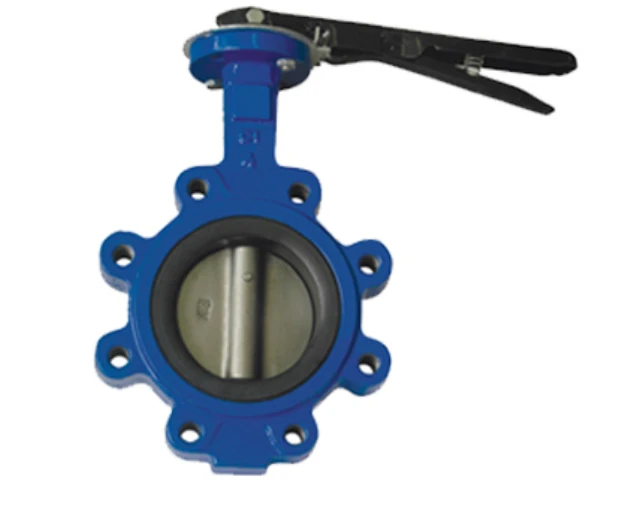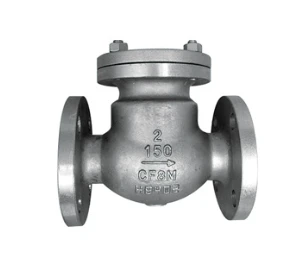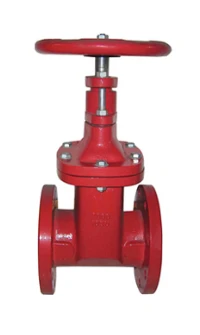Valves play an essential role in the power generation industry, where they are used extensively to control the flow of water, gas, steam, and other media across a network of pipelines. These pipelines are crucial for transporting materials that are required at different stages of power production. Power plants, whether they run on fossil fuels, nuclear energy, or renewable sources, require a large number of high-performance valves capable of withstanding extreme conditions such as high pressure, high temperature, and sometimes corrosive or abrasive environments.
In power generation, especially in thermal and nuclear plants, high-pressure valves are critical components. These plants typically rely on steam to drive turbines, which in turn generate electricity. Steam is produced by heating water to high temperatures, creating high pressure within the system. This high-pressure steam must be regulated as it moves from the boiler to the turbine, and this is where control valves come into play. Control valves regulate the flow and pressure of steam, ensuring that it reaches the turbines at the optimal levels for maximum efficiency. Pressure relief valves are also crucial, as they protect the system by releasing excess pressure and preventing catastrophic failure in case of an emergency.
Beyond high-pressure control, valves are also employed for isolation, check, and safety functions. Isolation valves are used to stop the flow entirely when maintenance or emergency shut-off is needed. For instance, gate valves and ball valves are often used for isolation due to their ability to fully open or close the pipeline, allowing maintenance personnel to work on the system safely. Similarly, check valves are installed to prevent backflow, ensuring that the media flow only in the intended direction. This is particularly important for avoiding reverse flow, which could damage turbines, pumps, and other critical equipment.
Safety valves are another essential type used in power plants. These valves automatically open to release pressure when it exceeds a safe limit, preventing accidents and equipment damage. In nuclear power plants, safety valves take on additional importance, as they are a key component in maintaining safe operational pressure levels. Nuclear plants often use specially designed safety valves that are capable of withstanding extremely high pressures and can operate reliably in harsh, radioactive environments.
Different materials and designs are employed for power plant valves to withstand specific conditions. Valves used in high-pressure, high-temperature applications are typically made of durable metals such as stainless steel, carbon steel, and alloy steel. They may also have special coatings to prevent corrosion or erosion from steam or chemicals present in the power plant environment. Certain valve types, such as globe valves, are preferred for precise control, while butterfly valves are often selected for larger diameter pipelines due to their compact design and ease of operation.
In summary, valves are indispensable in power generation, providing control, isolation, and safety functions across various stages of the process. Their reliability and durability are paramount, as even a single malfunction could disrupt power generation and lead to costly repairs. As power plants continue to evolve, incorporating more renewable sources and advanced technology, the demand for high-performance, versatile valves will only increase, solidifying their role in achieving safe, efficient, and sustainable energy production.
Related Products
Related Applications
 What Makes the Lug Type Butterfly Valve a Vital Component in Flow Control Systems
Jul 10,2025
In modern industrial and municipal systems, the lug type butterfly valve has emerged as one of the most adaptable and efficient solutions for regulating fluid flow.
What Makes the Lug Type Butterfly Valve a Vital Component in Flow Control Systems
Jul 10,2025
In modern industrial and municipal systems, the lug type butterfly valve has emerged as one of the most adaptable and efficient solutions for regulating fluid flow.
 Versatile Solutions in Flow Control: Check Valve Flange Type
Jul 10,2025
In modern pipeline systems, check valve flange type is one of the most critical components used to ensure unidirectional flow and prevent backflow.
Versatile Solutions in Flow Control: Check Valve Flange Type
Jul 10,2025
In modern pipeline systems, check valve flange type is one of the most critical components used to ensure unidirectional flow and prevent backflow.
 Understanding the Versatility of Gate Valve Flange Type for Industrial Systems
Jul 10,2025
This type of valve is most commonly used in systems where a straight-line flow of fluid and minimum flow restriction are needed.
Understanding the Versatility of Gate Valve Flange Type for Industrial Systems
Jul 10,2025
This type of valve is most commonly used in systems where a straight-line flow of fluid and minimum flow restriction are needed.
 Call us on:
+86-311-86935302
+86-311-86935302
Call us on:
+86-311-86935302
+86-311-86935302
 Email Us:
info@thriveonvalve.com
Email Us:
info@thriveonvalve.com South of Huanmadian Village Town, Ningjin County, Xingtai, Hebei Province, China
South of Huanmadian Village Town, Ningjin County, Xingtai, Hebei Province, China